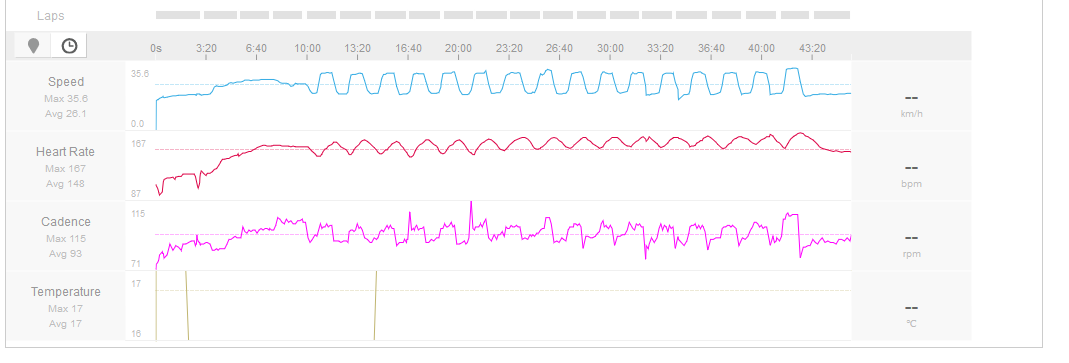One of the comments in reviews (cnet IIRC) about the Garmin HR 'elevate' sensor builtin is that (a) it lags by about 6 seconds and (b) although in normal running use it's reasonably accurate, compared to a Polar chest strap during interval training it becomes inaccurate the longer it's used (and that carries on into the cold down).
I'm interested, and will probably get, the Garmin Forerunner 235 GPS. Although it suffers from the above, I have a Polar chest strap and Polar watch for any intervals on a treadmill. I'm more interested in a general GPS/HR watch for that.
What I would say is that check carefully functionality doesn't require additional accessories. The VO2, and some of the cadence etc of the Garmin watches require their chest band or swimming chest band in order to provide it. Additional cost to what is an advertised selling point!!
The Vo2max calculators on garmin watches need any HR monitor, doesn't matter what provides it. Obviously the more accurate the HR monitor the better, but the VO2Max estimate is not accurate anyway so not a deal breaker.




